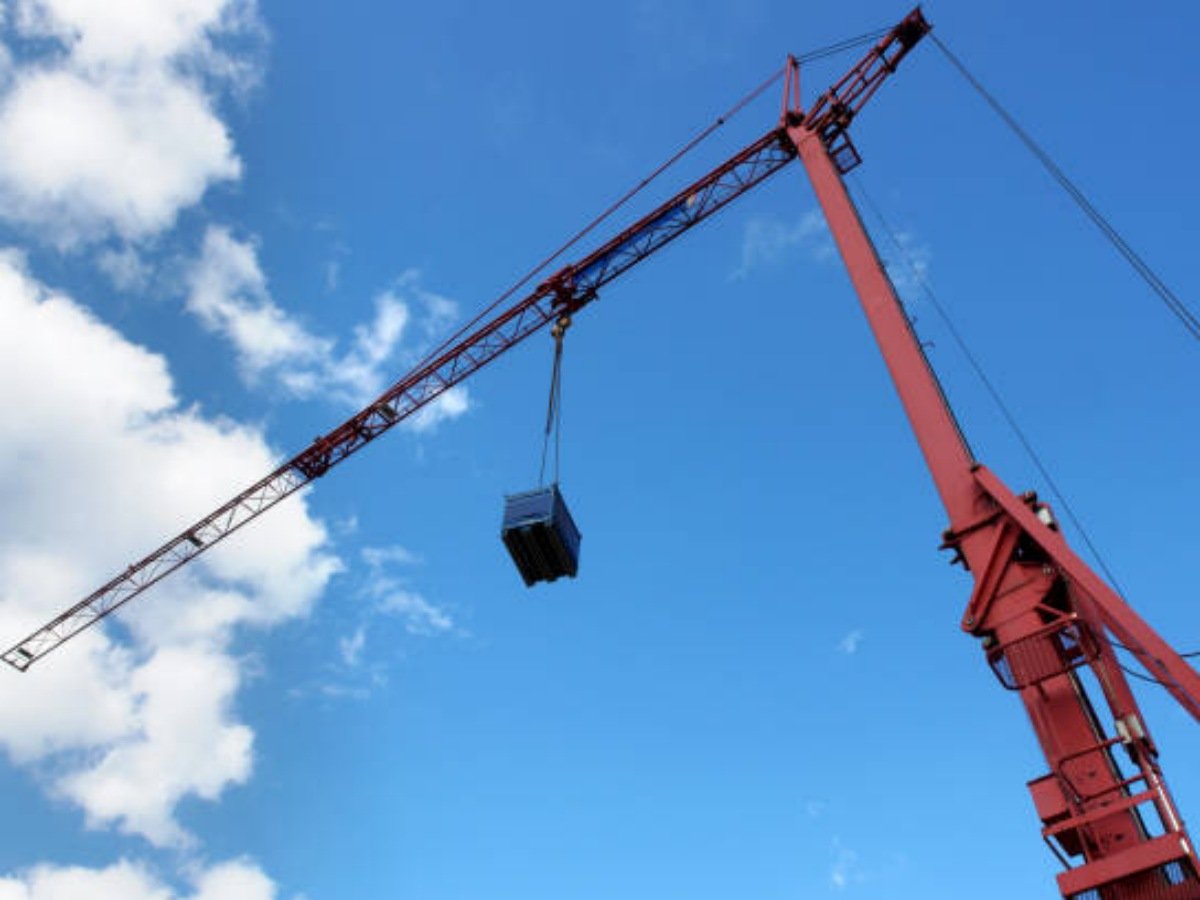Introduction
Electric Clamp Cranes are powerful lifting devices that are widely used in various industrial applications. These cranes are designed to provide efficient and safe material handling solutions, making them an essential tool for many industries. In this article, we will explore the different aspects and benefits of electric clamp cranes.
1. What is an Electric Clamp Crane?
An electric clamp crane is a type of crane that utilizes an electric motor to power its lifting and clamping functions. It is equipped with a clamp attachment that allows it to securely grip and lift heavy loads. These cranes are typically used in manufacturing plants, warehouses, construction sites, and other industrial settings where heavy lifting is required.
2. Versatility and Flexibility
One of the key advantages of electric clamp cranes is their versatility and flexibility. These cranes can be easily maneuvered to reach different areas within a workspace, thanks to their compact design and precise controls. They can lift and transport a wide range of materials, including steel beams, pipes, pallets, and machinery components.
3. Increased Productivity
By using electric clamp cranes, businesses can significantly improve their productivity levels. These cranes can lift and move heavy loads with ease, reducing the need for manual labor and speeding up the material handling process. This not only saves time but also minimizes the risk of injuries and accidents associated with manual lifting.
4. Enhanced Safety
Electric clamp cranes are designed with safety features that prioritize the well-being of operators and workers. These features include overload protection, emergency stop buttons, and anti-sway systems, which help prevent accidents and ensure safe operations. Additionally, the clamp attachment provides a secure grip on the load, reducing the chances of it slipping or falling during transportation.
5. Cost-Effective Solution
Investing in electric clamp cranes can be a cost-effective solution for businesses in the long run. These cranes require less maintenance compared to traditional cranes powered by combustion engines. They also have lower energy costs as they rely on electricity instead of fuel. Moreover, their efficient lifting capabilities allow for faster material handling, saving both time and labor costs.
6. Precise and Controlled Lifting
Electric clamp cranes offer precise and controlled lifting operations, thanks to their advanced control systems. Operators can accurately position and place loads in tight spaces or at specific heights, ensuring precision in the material handling process. This level of control helps prevent damage to the load and surrounding infrastructure.
7. Easy Integration with Workflow
Electric clamp cranes can be easily integrated into existing workflows and production lines. They can be mounted on overhead rails, walls, or floors, depending on the specific requirements of the workspace. This adaptability allows businesses to optimize their material handling processes without disrupting their current operations.
8. Reduced Noise and Environmental Impact
Compared to traditional cranes powered by combustion engines, electric clamp cranes produce significantly less noise and have a lower environmental impact. They operate quietly, creating a more pleasant working environment for operators and reducing noise pollution in the surrounding areas. Additionally, their electric motors produce zero emissions, contributing to a greener and more sustainable future.
9. Easy Maintenance and Troubleshooting
Electric clamp cranes are designed for ease of maintenance and troubleshooting. They have fewer moving parts compared to traditional cranes, reducing the risk of mechanical breakdowns. In case of any issues, their electrical systems can be easily diagnosed and repaired by trained technicians, minimizing downtime and maximizing productivity.
10. Improved Ergonomics
Lastly, electric clamp cranes contribute to improved ergonomics in the workplace. These cranes are equipped with ergonomic controls and adjustable features, allowing operators to work comfortably and efficiently. This helps reduce the risk of musculoskeletal disorders and fatigue, leading to a healthier and more productive workforce.

